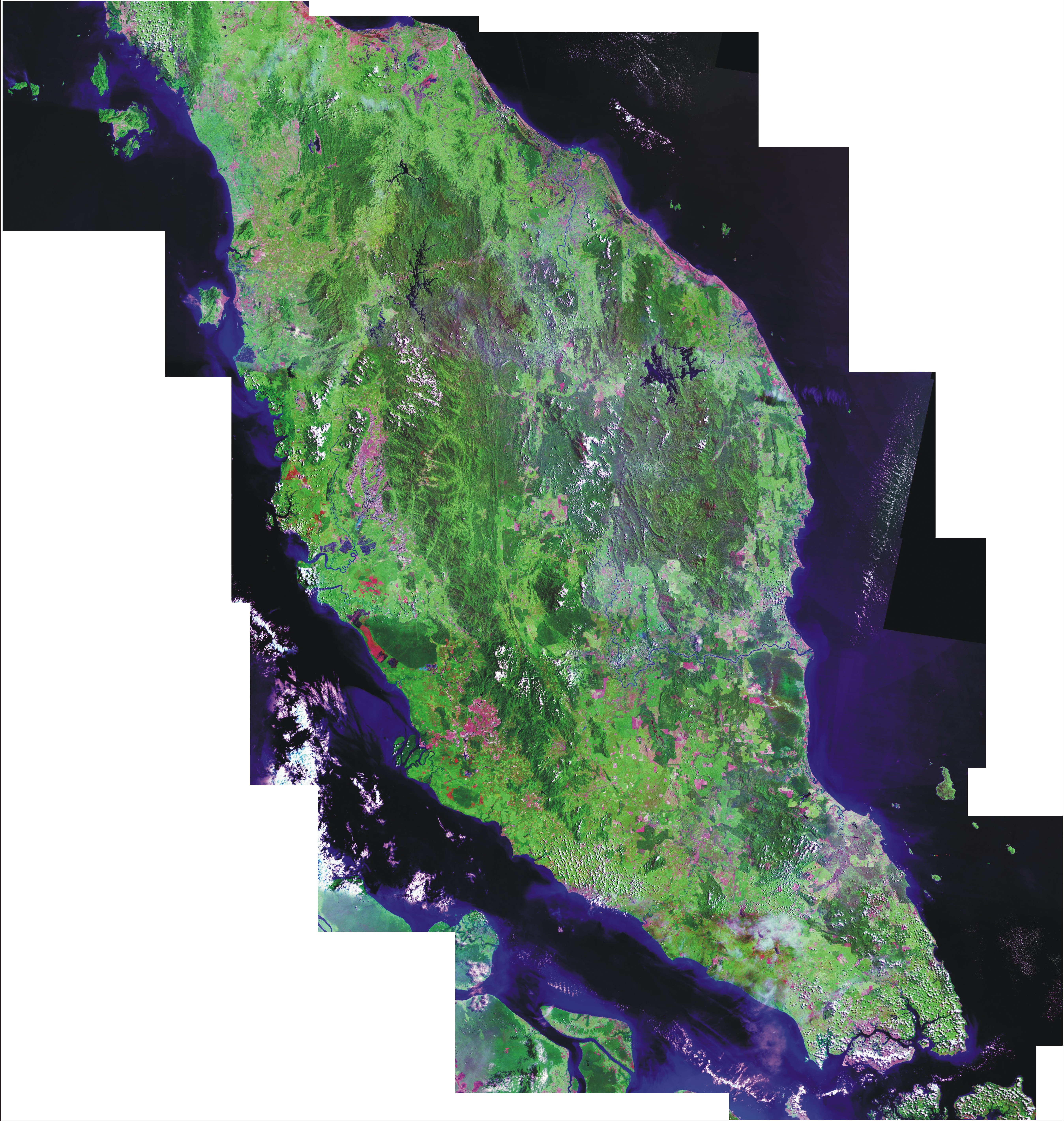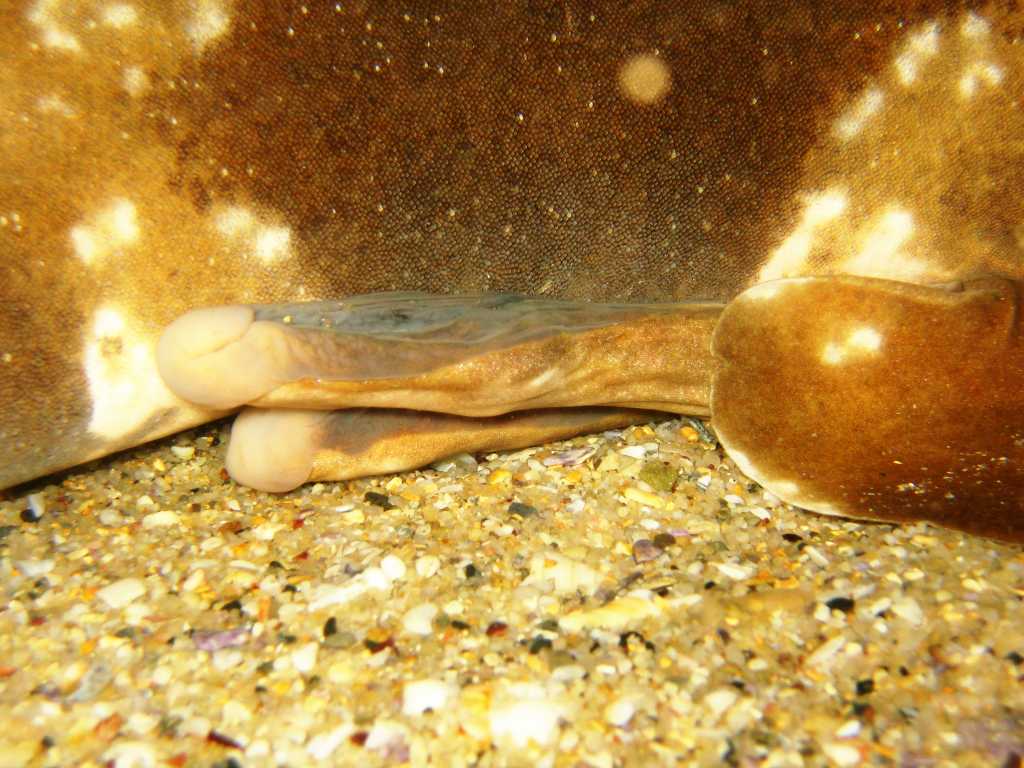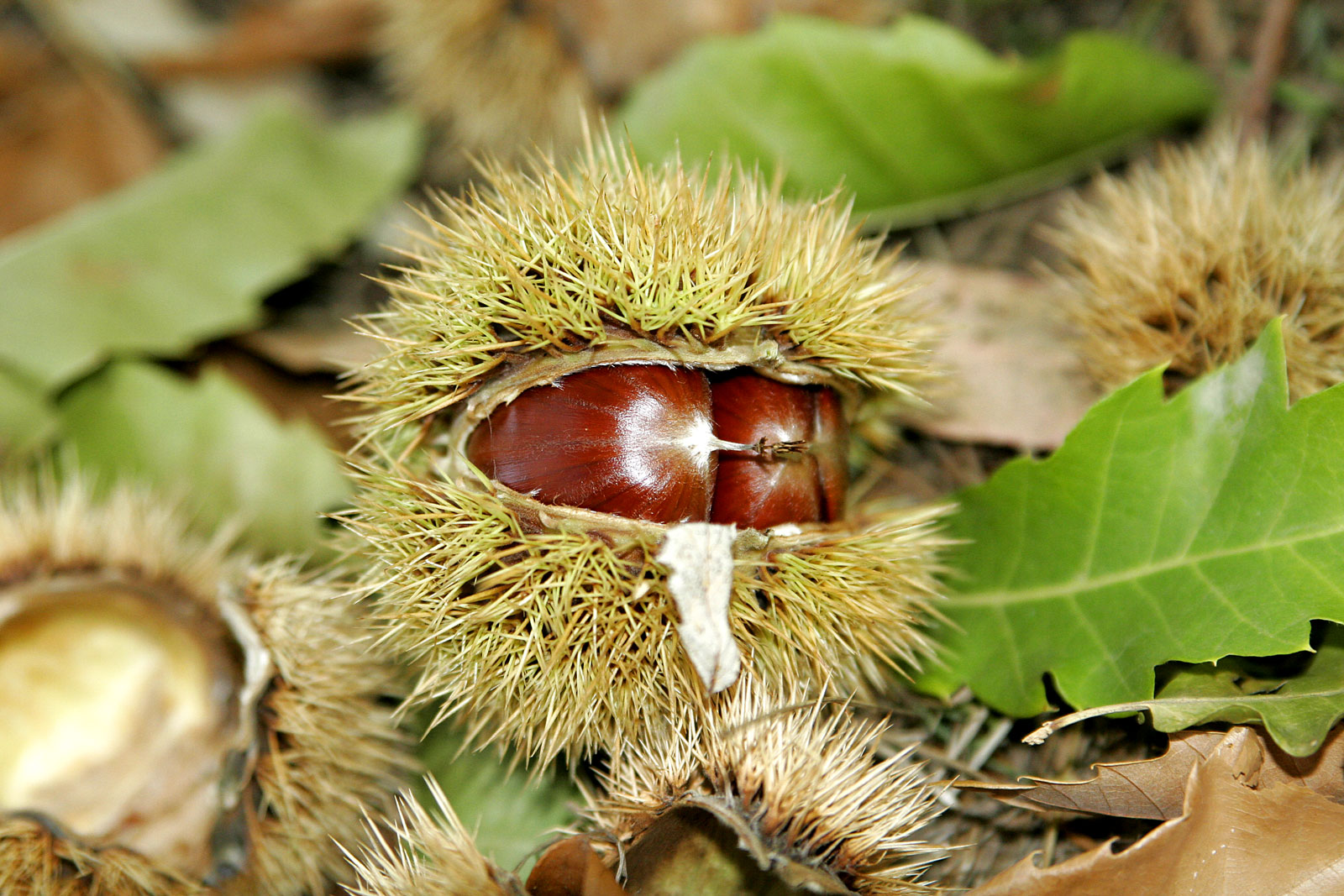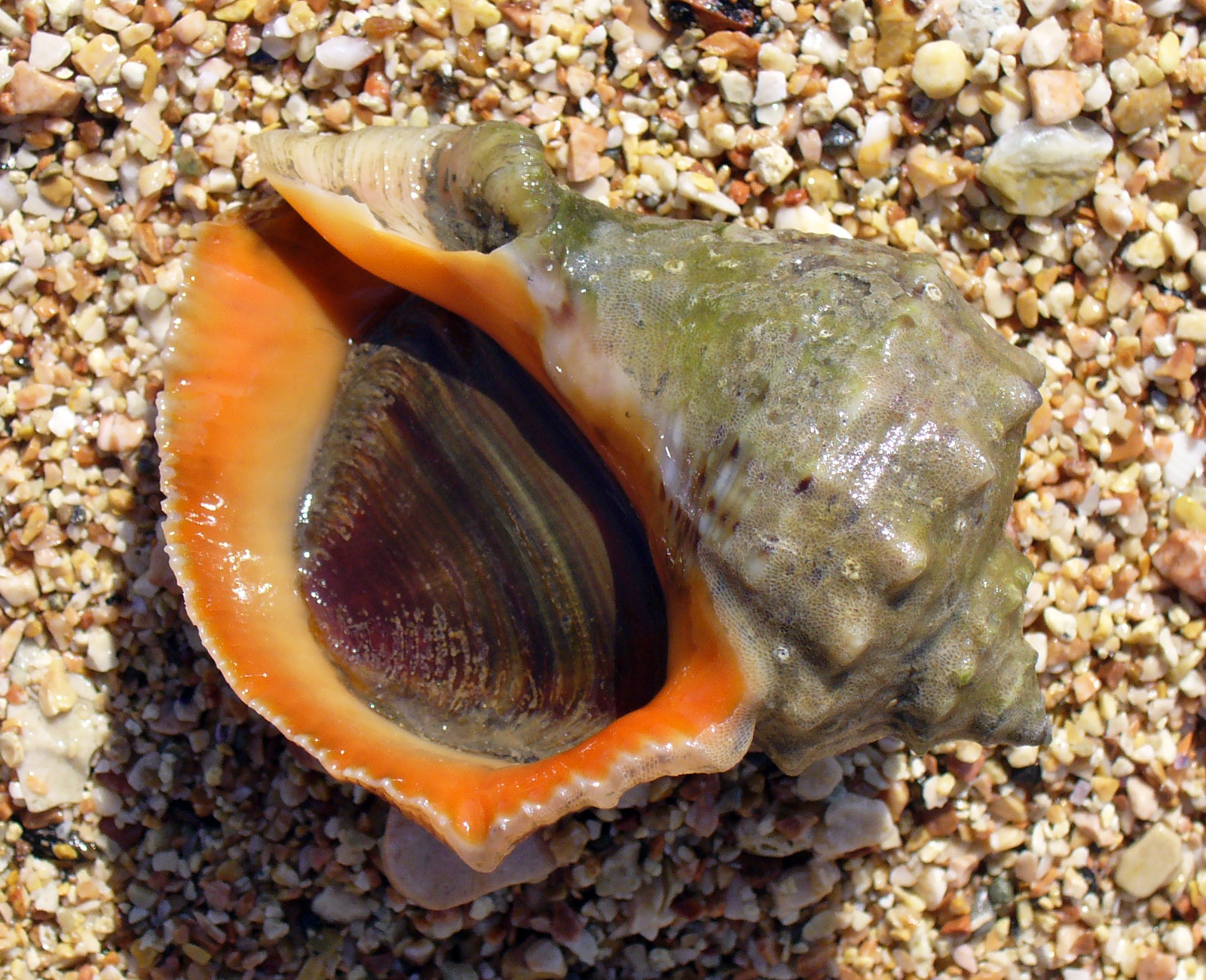|
Chremistica Ochracea
''Chremistica ochracea'' (Walker, 1850) is a cicada species of the genus ''Chremistica'' and suborder ''Auchenorrhyncha,'' which includes cicadas, leafhoppers, planthoppers, treehoppers, froghoppers and spittlebugs. They are usually referred to as 'thin winged cicada' in Taiwan and 'peaceful cicada' in China due to their abundance in these areas. They can be identified by their green appearance with thin, greenish, transparent wings and are heavily distributed in China, Taiwan, Japan, India and Peninsular Malaysia, Malaya. However, there are limited number of scientific papers that describe the characteristics and behaviour of this species in detail. They are also used to be known as ''Rihana ochracea'' which was introduced by Distant (1904), claiming ''Rihana'' as a new genus. Genus ''Rihana'' however, was also known as a subgenus of ''Cicada'' Carl Linnaeus, Linnaeus and to some species from ''Cicada Carl Stål, Stål'', ''Chremistica Stål'' and ''Diceroprocta Stål''. Charac ... [...More Info...] [...Related Items...] OR: [Wikipedia] [Google] [Baidu] |
Animal
Animals are multicellular, eukaryotic organisms in the Kingdom (biology), biological kingdom Animalia. With few exceptions, animals Heterotroph, consume organic material, Cellular respiration#Aerobic respiration, breathe oxygen, are Motility, able to move, can Sexual reproduction, reproduce sexually, and go through an ontogenetic stage in which their body consists of a hollow sphere of Cell (biology), cells, the blastula, during Embryogenesis, embryonic development. Over 1.5 million Extant taxon, living animal species have been Species description, described—of which around 1 million are Insecta, insects—but it has been estimated there are over 7 million animal species in total. Animals range in length from to . They have Ecology, complex interactions with each other and their environments, forming intricate food webs. The scientific study of animals is known as zoology. Most living animal species are in Bilateria, a clade whose members have a Symmetry in biology#Bilate ... [...More Info...] [...Related Items...] OR: [Wikipedia] [Google] [Baidu] |
Peninsular Malaysia
Peninsular Malaysia ( ms, Semenanjung Malaysia; Jawi: سمننجڠ مليسيا), or the States of Malaya ( ms, Negeri-negeri Tanah Melayu; Jawi: نڬري-نڬري تانه ملايو), also known as West Malaysia or the Malaysian Peninsula, is the part of Malaysia that occupies the southern half of the Malay Peninsula in Southeast Asia and the nearby islands. Its area totals , which is nearly 40% of the total area of the country; the other 60% is in East Malaysia. For comparison, it is slightly larger than England (130,395 km2). It shares a land border with Thailand to the north and a maritime border with Singapore to the south. Across the Strait of Malacca to the west lies the island of Sumatra, and across the South China Sea to the east lie the Natuna Islands of Indonesia. At its southern tip, across the Strait of Johor, lies the island country of Singapore. Peninsular Malaysia accounts for the majority (roughly 81.3%) of Malaysia's population and economy; as of 2 ... [...More Info...] [...Related Items...] OR: [Wikipedia] [Google] [Baidu] |
Clasper
In biology, a clasper is a male anatomical structure found in some groups of animals, used in mating. Male cartilaginous fish have claspers formed from the posterior portion of their pelvic fin which serve to channel semen into the female's cloaca during mating. The act of mating in some fish including sharks usually includes one of the claspers raised to allow water into the siphon through a specific orifice. The clasper is then inserted into the cloaca, where it opens like an umbrella to anchor its position. The siphon then begins to contract, expelling water and sperm. The claspers of many shark species have spines or hooks, which may hold them in place during copulation. Male chimaeras have cephalic claspers (tenacula) on their heads, which are thought to aid in holding the female during mating. In entomology Entomology () is the scientific study of insects, a branch of zoology. In the past the term "insect" was less specific, and historically the definition of ent ... [...More Info...] [...Related Items...] OR: [Wikipedia] [Google] [Baidu] |
Cicada (Chremistica Pontianaka) (8441840872)
The cicadas () are a superfamily, the Cicadoidea, of insects in the order Hemiptera (true bugs). They are in the suborder Auchenorrhyncha, along with smaller jumping bugs such as leafhoppers and froghoppers. The superfamily is divided into two families, the Tettigarctidae, with two species in Australia, and the Cicadidae, with more than 3,000 species described from around the world; many species remain undescribed. Cicadas have prominent eyes set wide apart, short antennae, and membranous front wings. They have an exceptionally loud song, produced in most species by the rapid buckling and unbuckling of drumlike tymbals. The earliest known fossil Cicadomorpha appeared in the Upper Permian period; extant species occur all around the world in temperate to tropical climates. They typically live in trees, feeding on watery sap from xylem tissue, and laying their eggs in a slit in the bark. Most cicadas are cryptic. The vast majority of species are active during the day as adults, ... [...More Info...] [...Related Items...] OR: [Wikipedia] [Google] [Baidu] |
Imago
In biology, the imago (Latin for "image") is the last stage an insect attains during its metamorphosis, its process of growth and development; it is also called the imaginal stage, the stage in which the insect attains maturity. It follows the final ecdysis of the immature instars.Carpenter, Geo. H., The Life-Story of Insects. Cambridge University Press 1913. May be downloaded from: https://www.gutenberg.org/ebooks/16410 or https://archive.org/details/thelifestoryofin16410gut In a member of the Apterygota, Ametabola or Hemimetabolism, Hemimetabola, in which metamorphosis is "incomplete", the final ecdysis follows the last immature or ''Nymph (biology), nymphal'' stage. In members of the Endopterygota, Holometabola, in which there is a pupal stage, the final ecdysis follows emergence from the pupa, after which the metamorphosis is complete, although there is a prolonged period of maturation in some species. The imago is the only stage during which the insect is Sexual maturity, se ... [...More Info...] [...Related Items...] OR: [Wikipedia] [Google] [Baidu] |
Hyaline
A hyaline substance is one with a glassy appearance. The word is derived from el, ὑάλινος, translit=hyálinos, lit=transparent, and el, ὕαλος, translit=hýalos, lit=crystal, glass, label=none. Histopathology Hyaline cartilage is named after its glassy appearance on fresh gross pathology. On light microscopy of H&E stained slides, the extracellular matrix of hyaline cartilage looks homogeneously pink, and the term "hyaline" is used to describe similarly homogeneously pink material besides the cartilage. Hyaline material is usually acellular and proteinaceous. For example, arterial hyaline is seen in aging, high blood pressure, diabetes mellitus Diabetes, also known as diabetes mellitus, is a group of metabolic disorders characterized by a high blood sugar level (hyperglycemia) over a prolonged period of time. Symptoms often include frequent urination, increased thirst and increased ... and in association with some drugs (e.g. calcineurin inhibitors) ... [...More Info...] [...Related Items...] OR: [Wikipedia] [Google] [Baidu] |
Castaneous
Chestnut or castaneous is a colour, a medium reddish shade of brown (displayed right), and is named after the nut of the chestnut tree. An alternate name for the colour is badious. Indian red is a similar but separate and distinct colour from ''chestnut''. Chestnut is also a very dark tan that almost appears brown. Etymology The name ''chestnut'' derives from the color of the nut of the chestnut tree. The first recorded use of ''chestnut'' as a color term in English was in 1555. The color maroon is also named after the chestnut (via French ''marron''). Variations of chestnut Deep chestnut Deep chestnut is the color called ''chestnut'' in Crayola crayons. This colour was also produced in a special limited edition in which it was called Vermont maple syrup. At the request of educators worried that children (mistakenly) believed the name represented the skin colour of Native Americans, Crayola changed the name of their crayon colour "Indian Red", originally ... [...More Info...] [...Related Items...] OR: [Wikipedia] [Google] [Baidu] |
Simple Eye In Invertebrates
A simple eye (sometimes called a pigment pit) refers to a form of eye or an optical arrangement composed of a single lens and without an elaborate retina such as occurs in most vertebrates. In this sense "simple eye" is distinct from a multi-lensed "compound eye", and is not necessarily at all simple in the usual sense of the word. The structure of an animal's eye is determined by the environment in which it lives, and the behavioural tasks it must fulfill to survive. Arthropods differ widely in the habitats in which they live, as well as their visual requirements for finding food or conspecifics, and avoiding predators. Consequently, an enormous variety of eye types are found in arthropods. They possess a wide variety of novel solutions to overcome visual problems or limitations. Use of the term ''simple eye'' is flexible, and must be interpreted in proper context; for example, the eyes of humans and of other large animals such as most cephalopods, are '' camera eyes'' and ... [...More Info...] [...Related Items...] OR: [Wikipedia] [Google] [Baidu] |
Fascia
A fascia (; plural fasciae or fascias; adjective fascial; from Latin: "band") is a band or sheet of connective tissue, primarily collagen, beneath the skin that attaches to, stabilizes, encloses, and separates muscles and other internal organs. Fascia is classified by layer, as superficial fascia, deep fascia, and ''visceral'' or ''parietal'' fascia, or by its function and anatomical location. Like ligaments, aponeuroses, and tendons, fascia is made up of fibrous connective tissue containing closely packed bundles of collagen fibers oriented in a wavy pattern parallel to the direction of pull. Fascia is consequently flexible and able to resist great unidirectional tension forces until the wavy pattern of fibers has been straightened out by the pulling force. These collagen fibers are produced by fibroblasts located within the fascia. Fasciae are similar to ligaments and tendons as they have collagen as their major component. They differ in their location and function: ... [...More Info...] [...Related Items...] OR: [Wikipedia] [Google] [Baidu] |
Cicada Molting Animated-2
The cicadas () are a superfamily, the Cicadoidea, of insects in the order Hemiptera (true bugs). They are in the suborder Auchenorrhyncha, along with smaller jumping bugs such as leafhoppers and froghoppers. The superfamily is divided into two families, the Tettigarctidae, with two species in Australia, and the Cicadidae, with more than 3,000 species described from around the world; many species remain undescribed. Cicadas have prominent eyes set wide apart, short antennae, and membranous front wings. They have an exceptionally loud song, produced in most species by the rapid buckling and unbuckling of drumlike tymbals. The earliest known fossil Cicadomorpha appeared in the Upper Permian period; extant species occur all around the world in temperate to tropical climates. They typically live in trees, feeding on watery sap from xylem tissue, and laying their eggs in a slit in the bark. Most cicadas are cryptic. The vast majority of species are active during the day as adults, ... [...More Info...] [...Related Items...] OR: [Wikipedia] [Google] [Baidu] |
Operculum (animal)
An operculum is an anatomical feature, a stiff structure resembling a lid or a small door that opens and closes, and thus controls contact between the outside world and an internal part of an animal. Examples include: * An operculum (gastropod), a single lid that (in its most complete form) closes the aperture of the shell when the animal is retracted, and thus protects the internal soft parts of the animal that are not completely covered by the shell. The operculum lies on the top rear part of the foot. When the foot is retracted, the operculum is rotated 180° and closes the shell. * An operculum (fish), a flap that covers the gills in bony fishes and chimaeras. * The cover that rapidly opens a cnida of a cnidarian such as a jellyfish or a sea anemone. The lid may be a single hinged flap or three hinged flaps arranged like slices of pie. * In insects, the operculum is the name for one or more lids covering the tympanal cavity. A subgenital operculum is exhibited in phasmoidea ... [...More Info...] [...Related Items...] OR: [Wikipedia] [Google] [Baidu] |
Tymbal
The tymbal (or timbal) is the corrugated exoskeletal structure used to produce sounds in insects. In male cicadas, the tymbals are membranes in the abdomen, responsible for the characteristic sound produced by the insect. In tiger moths, the tymbals are modified regions of the thorax, and produce high-frequency clicks. In lesser wax moths the left and right tymbals emit high frequency pulses that are used as mating calls. The paired tymbals of a cicada are located on the sides of the abdominal base. The "singing" of a cicada is not stridulation as in many other familiar sound-producing insects like crickets (where one structure is rubbed against another): the tymbals are regions of the exoskeleton that are modified to form a complex membrane with thin, membranous portions and thickened "ribs". These membranes vibrate rapidly, and enlarged chambers derived from the tracheae enable the cicada's body to be a resonance chamber, greatly amplifying the sound. Some cicadas pro ... [...More Info...] [...Related Items...] OR: [Wikipedia] [Google] [Baidu] |










